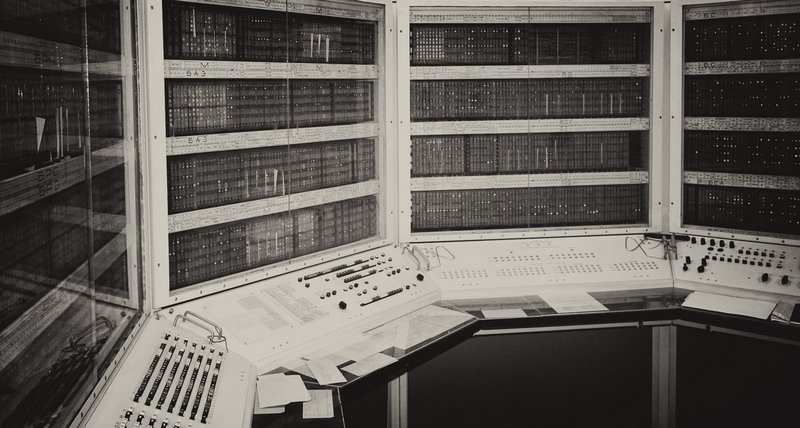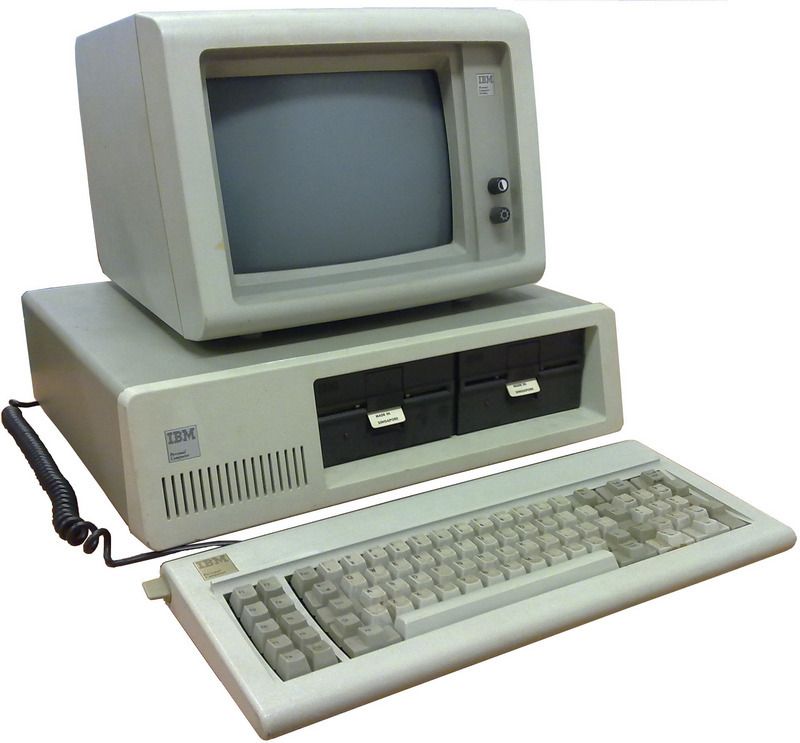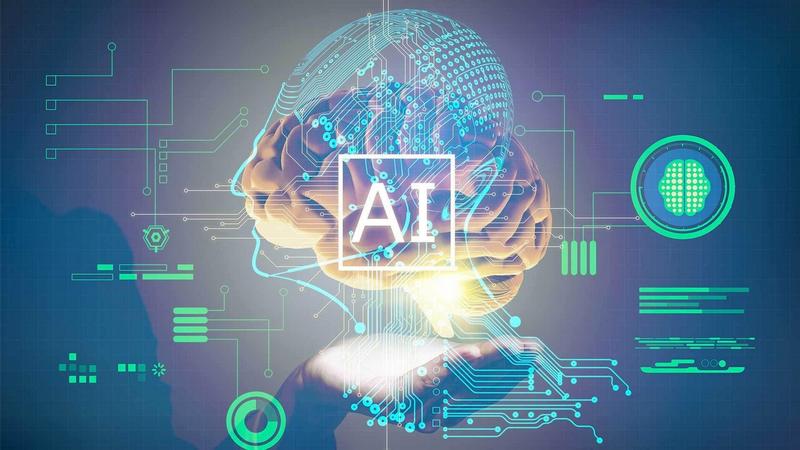A Brief History of the Creation and Development of Computers
Human life in the twenty-first century is directly related to artificial intelligence. Knowledge of the main milestones in the creation of computers is an indicator of an educated person. The development of computers is usually divided into 5 stages - it is customary to talk about five generations.
1946-1954 - first generation computers
It is worth saying that the first generation of computers (electronic computers) was a tube. Scientists at the University of Pennsylvania (USA) developed ENIAC - the name of the world's first computer. The day when it was officially put into operation is 02/15/1946. When assembling the device, 18 thousand electron tubes were involved. A computer by today's standards was a colossal area of 135 square meters, and a weight of 30 tons. The demand for electricity was also high - 150 kW.
It is a well-known fact that this electronic machine was created directly to help in solving the most difficult tasks of creating an atomic bomb. The USSR was rapidly catching up with its backlog and in December 1951, under the guidance and with the direct participation of Academician S. A. Lebedev, the world's fastest computer was introduced to the world. She wore the abbreviation MESM (Small Electronic Computing Machine). This device could perform from 8 to 10 thousand operations per second.
1954 - 1964 - computers of the second generation
The next step in development was the development of computers running on transistors. Transistors are devices made from semiconductor materials that allow you to control the current flowing in the circuit. The first known stable working transistor was created in America in 1948 by a team of physicists - researchers Shockley and Bardeen.
In terms of speed, electronic computers differed significantly from their predecessors - the speed reached hundreds of thousands of operations per second. The dimensions have also decreased, and the consumption of electrical energy has become less. The scope of use has also increased significantly. This happened due to the rapid development of software. Our best computer, BESM-6, had a record speed of 1,000,000 operations per second. Developed in 1965 under the leadership of chief designer S. A. Lebedev.

1964 - 1971 - third generation computers
The main difference of this period is the beginning of the use of microcircuits with a low degree of integration. With the help of sophisticated technologies, scientists were able to place complex electronic circuits on a small semiconductor wafer, with an area of \u200b\u200bless than 1 centimeter square. The invention of microcircuits was patented in 1958. Inventor: Jack Kilby. The use of this revolutionary invention made it possible to improve all parameters - the dimensions decreased to about the size of a refrigerator, the speed increased, as well as reliability.
This stage in the development of computers is characterized by the use of a new storage device - a magnetic disk. The PDP-8 minicomputer was first introduced in 1965.

In the USSR, such versions appeared much later - in 1972 and were analogues of the models presented on the American market.
1971 - present - fourth generation computers
An innovation in fourth generation computers is the application and use of microprocessors. Microprocessors are ALUs (Arithmetic Logic Units) placed on a single chip and having a high degree of integration. This means that microcircuits begin to take up even less space. In other words, a microprocessor is a small brain that performs millions of operations per second according to the program embedded in it. Dimensions, weight and power consumption have been drastically reduced, and performance has reached record heights. And that's when Intel got into the game.
The first microprocessor was called the Intel-4004, the name of the first microprocessor assembled in 1971. It had a bit depth of 4 bits, but then it was a giant technological breakthrough. Two years later, Intel introduced the world to the Intel-8008, which has eight bits, in 1975 the Altair-8800 was born - this is the first personal computer based on the Intel-8008.

This was the beginning of a whole era of personal computers. The machine began to be used everywhere for completely different purposes. A year later, Apple entered the game. The project was a great success, and Steve Jobs became one of the most famous and richest people on Earth.
The indisputable standard of the computer is the IBM PC. It was released in 1981 with 1 megabyte RAM.

It is noteworthy that at the moment, IBM-compatible electronic computers occupy about ninety percent of the computers produced! Also, it is impossible not to mention the Pentium. The development of the first processor with an integrated coprocessor was completed successfully in 1989. Now this trademark is an indisputable authority in the development and application of microprocessors in the computer market.
If we talk about the prospects, then this, of course, is the development and implementation of the latest technologies: very large integrated circuits, magneto-optical elements, even elements of artificial intelligence.

Self-learning electronic systems are the foreseeable future, called the fifth generation in the development of computers.
A person seeks to erase the barrier in communicating with a computer. Japan worked on this for a very long time and, unfortunately, unsuccessfully, but this is a topic for a completely different article. At the moment, all projects are only in development, but with the current pace of development, this is not far away. The present is the time when history is being made!
Share.


